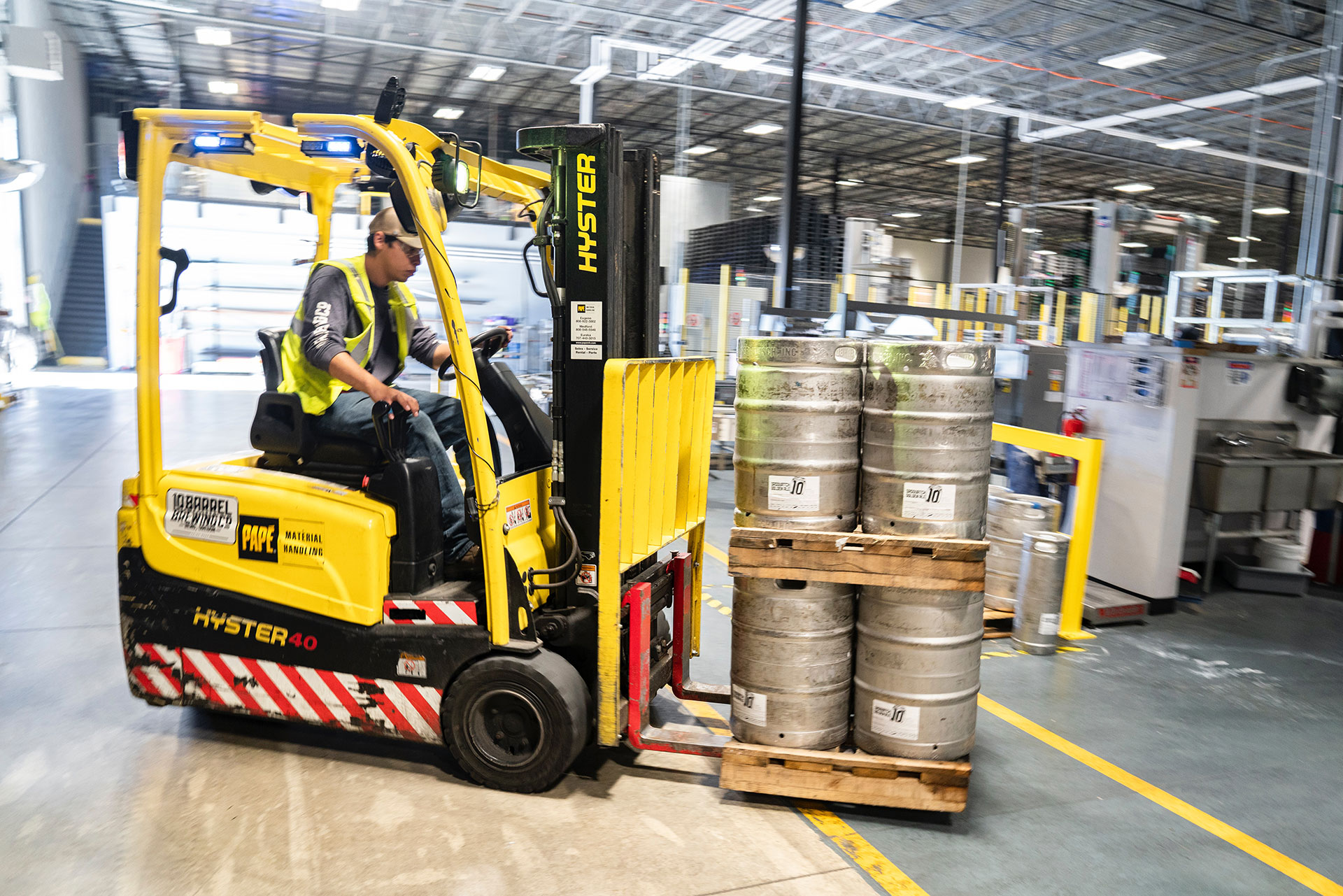It’s no secret that heavier rainstorms regularly pummel New Jersey, and climate change will only worsen the situation. In fact, a recent study by the NJ Department of Environmental Protection (NJDEP) determined that the most damaging “100-year storms” could increase by 50% and by 200 to 500% more often (and with more intensity) by the end of the 21st century.
How bad has it been? According to the report, the state experienced significant flood events in 2000, 2004 – 2007, 2010 – 2012, 2016, and 2021. Another challenge? Aging drainage systems can’t keep up — especially in areas not typically considered flood zones. Yet even these areas are flooding more regularly.
Stormwater runoff generates non-point source pollution, which — in combination with large amounts of impervious cover — is affecting many of the state’s waterways. The state is updating its stormwater rules and permits to more effectively manage current and future storms. Since stormwater doesn’t follow (or flow) according to municipal boundaries, the state is also encouraging holistic watershed planning and regional solutions. Here are some of the current and recommended changes.
Tier A Municipal Separate Sewer System (MS4) Permit
The most significant change to this permit is adding the Watershed Improvement Plan requirement, which focuses on improving water quality and reducing flood risks. The three-part plan involves:
- Mapping all stormwater infrastructure, including green infrastructure, which uses natural elements to manage stormwater.
- Identifying water quality improvement projects, outlining specific actions to address water pollution.
- Developing a final report summarizing proposed projects, implementation timelines, and estimated costs.
New Jersey Protection Against Climate Threats (NJ PACT)
This rule change directs NJDEP to incorporate climate change data into its permitting and regulatory programs. The Inland Flood Protection Rules, effective July 2023, require considering the latest rainfall information when analyzing flood risks and designing stormwater management systems, including green infrastructure solutions.
The amended Stormwater Management Rules, N.J.A.C. 7.8, and the Flood Hazard Area Control Act Rules, N.J.A.C. 7:13, require newly designed systems to manage current and future storms. These stricter permitting and rule changes will guide where and how development and redevelopment projects happen, ultimately leading to stronger stormwater systems that can handle climate change. The rules will be revised further as part of the Resilient Environments and Landscapes (REAL) this year and will take effect on July 16, 2024. Updated regulations include the following:
- New stormwater rules mandate that best management practices be designed to handle runoff from present-day and future storms.
- NJ now mandates that all new developments use current and future precipitation adjustment factors when designing for 2-, 10-, and 100-year storms specific to each county.
- The rule eliminates the use of Rational and Modified Rational Methods for stormwater calculations.
The New Jersey Developers Green Infrastructure Guide provides additional information on the rule update, and NJDEP’s website includes:
- Full details about the stormwater rules.
- Updated and revised chapters of the Stormwater BMP Manual.
- Revised model stormwater ordinances.
- FAQs.
Why it Matters
New Jersey’s infrastructure’s resiliency—how well it’s built—directly affects its ability to handle climate change, including more powerful and frequent floods. These floods aren’t just destructive for the environment; they drive up costs and affect local economies.
Highly developed states like NJ must rethink how they build. The state’s roads, buildings, and parking lots prevent rainwater from soaking into the ground, causing more runoff and pollution, disrupting the natural water cycle, and harming waterways.
The good news? It’s fixable by carefully “unbuilding” specific paved areas and redeveloping with more innovative designs to:
- Improve stormwater management.
- Comply with new stormwater rules.
- Heal watersheds.
Communities benefit from water quality and restoration solutions when they’re affordable and sustainable over time. Watershed planning must be equitable and inclusive while fairly distributing economic, environmental, and social benefits to ensure everyone benefits from a healthy environment, strong communities, and a thriving economy.
Imagine towns collaborating to create sustainable master plans that include watershed improvement because the key to healthy waterways lies in planning entire watersheds, not individual towns. This collaboration with planners, engineers, and residents would help towns:
- Manage stormwater runoff.
- Identify the proper level of service required.
- Meet state requirements.
Funding Assistance
Fixing the stormwater systems won’t be cheap, but help is available. The NJDEP recently offered $19 million in grants to municipalities complying with new Tier A MS4 permit rules — like mapping draining systems, for example.
While grants help to defray the expense, they aren’t enough to offset the cost entirely. Other options include creating a stormwater utility. Think of it as a dedicated piggy bank for funding stormwater improvements. It’s fair and sustainable for everyone. Over 2,000 stormwater utilities exist nationwide but not in NJ.
The state’s local governments have the option—but not a requirement—to establish them. These utilities would assess fees based on the amount of stormwater runoff a property generates. The collected funds can only be used for stormwater control efforts.
Also available are Tier A MS4 Stormwater Assistance Grants, with the application deadline extended to June 30, 2024. Former Tier B MS4 Permittees and Original Tier A MS4 Permittees can apply for either $75,000 or $25,000 in disbursements from a total allocation of $19M.
Are you a commercial real estate investor or looking for a specific property to meet your company’s needs? We invite you to talk to the professionals at CREA United, an organization of CRE professionals from over 90 firms representing all disciplines within the CRE industry, from brokers to subcontractors, financial services to security systems, interior designers to architects, movers to IT, and more.

